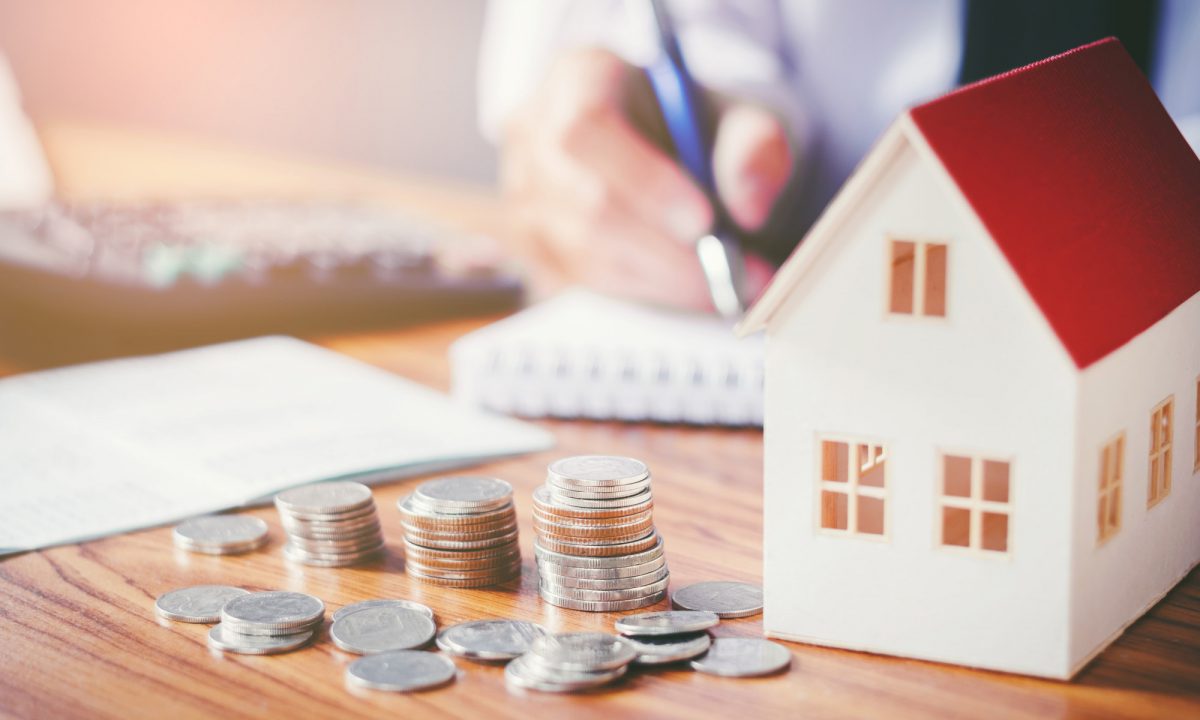If you’re saving for a house, here are simple, straightforward steps to get you started.
When my husband and I got married, we had big dreams of owning our own house one day. But with $45,000 in debt and my husband making only slightly more than minimum wage, we knew we were going to have to put our dreams on hold.
We created a five-year plan with the intention that we would pay off our debt, save enough for a down payment, and own a home within five years of getting married. Living in Southern California, there were many times we thought we would never be able to afford a house, especially when the market rebounded quickly in 2013.
Our five-year plan seemed laughable at times. Every financial setback seemed to pull us away from our goal. But we kept at it. We kept working hard, and eventually we paid off our debt and saved enough money for a down payment. We bought our house in November with a $55,000 down payment and in April celebrated five years of marriage — totally meeting our five-year plan goal!
If you find yourself in a similar situation and are wondering how you can save up for a house too, here are five steps for saving for a house.
1. REDUCE YOUR EXPENSES
If you’re trying to figure out how and where to save money if you already feel like you’re living paycheck to paycheck, start by reducing your expenses 10% across the board. That means if your grocery budget is $500 a month, try reducing it $50 for a total budget of $450. That’s not a huge difference, but the money will add up when you apply this technique to all your expenses. And soon enough you’ll have enough money saved for that down payment. Just remember to give yourself time to save enough money — it’s a marathon, not a sprint.
2. DECIDE ON YOUR BUDGET
Prior to even looking at homes, decide what amount you can comfortably afford. What the bank may say you can afford might be drastically different from what you can actually afford. Calculate your total home costs, including mortgage, property taxes and home insurance, which can often add several hundred dollars to your total mortgage.
By figuring out how much house you can afford, you can then decide how much you need for your down payment. Ideally, a 20% down payment is best to avoid paying private mortgage insurance, which can easily add hundreds of dollars to your mortgage. However, if you live in a higher cost of living area like we do and have a solid credit score (700 or better), you can most likely still qualify for good mortgage loans with at least a 10% down payment.
3. PAY YOUR FUTURE MORTGAGE
For almost a year before we bought a house, we started living as if we were already paying that new mortgage. This means that in addition to your rent, put the difference between your rent and assumed future mortgage payment into your savings account and treat it as you would any other monthly bill. This habit will get you used to the idea of paying a bigger mortgage and the bonus side is that you’ll also be saving toward your house.
4. PAY DOWN YOUR DEBTS
The general rule of thumb is that your housing costs should never exceed a third of your total income. However, if you have other debts, such as a car loan, student loans or credit cards, they could easily limit the amount of money you can put toward a mortgage. Consider paying down some of your debt first, which will not only help alleviate some of the financial pressure but also help you secure a better mortgage rate.
While it may sound counterintuitive to pay down debt in order to save, once those debts are paid off, you could have hundreds, if not thousands, of dollars freed up that can help you save faster.
5. PAY YOURSELF FIRST
Many people wait until the end of the month to see how much money they have left over before putting any money into a savings account. This is the absolute worst way to go about it because most of the time, you’ll find you don’t have any money left over. If you want to get serious about saving, you need to calculate how much money you can put into savings first. It might take some getting used to, but once you start putting the money away, you start to adapt to it.
If you’re tempted to dip into your savings account, keep your savings account in a different bank from your checking account. We actually use an online bank for our savings account — just to diffuse some of that temptation — and many of them have better interest rates than conventional banks.

